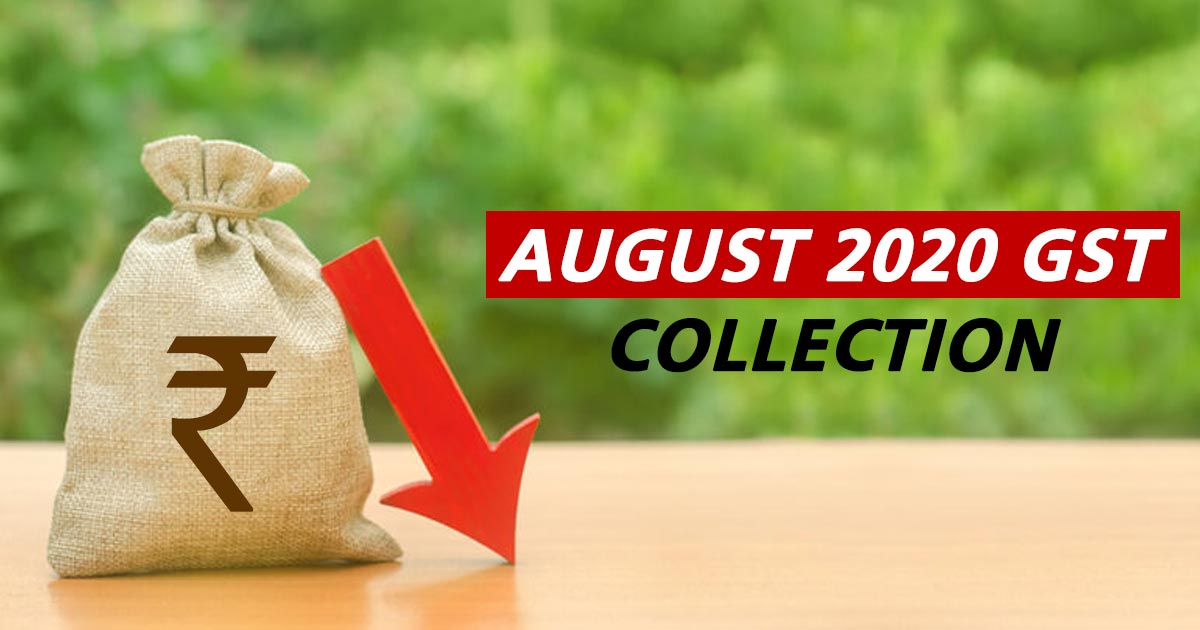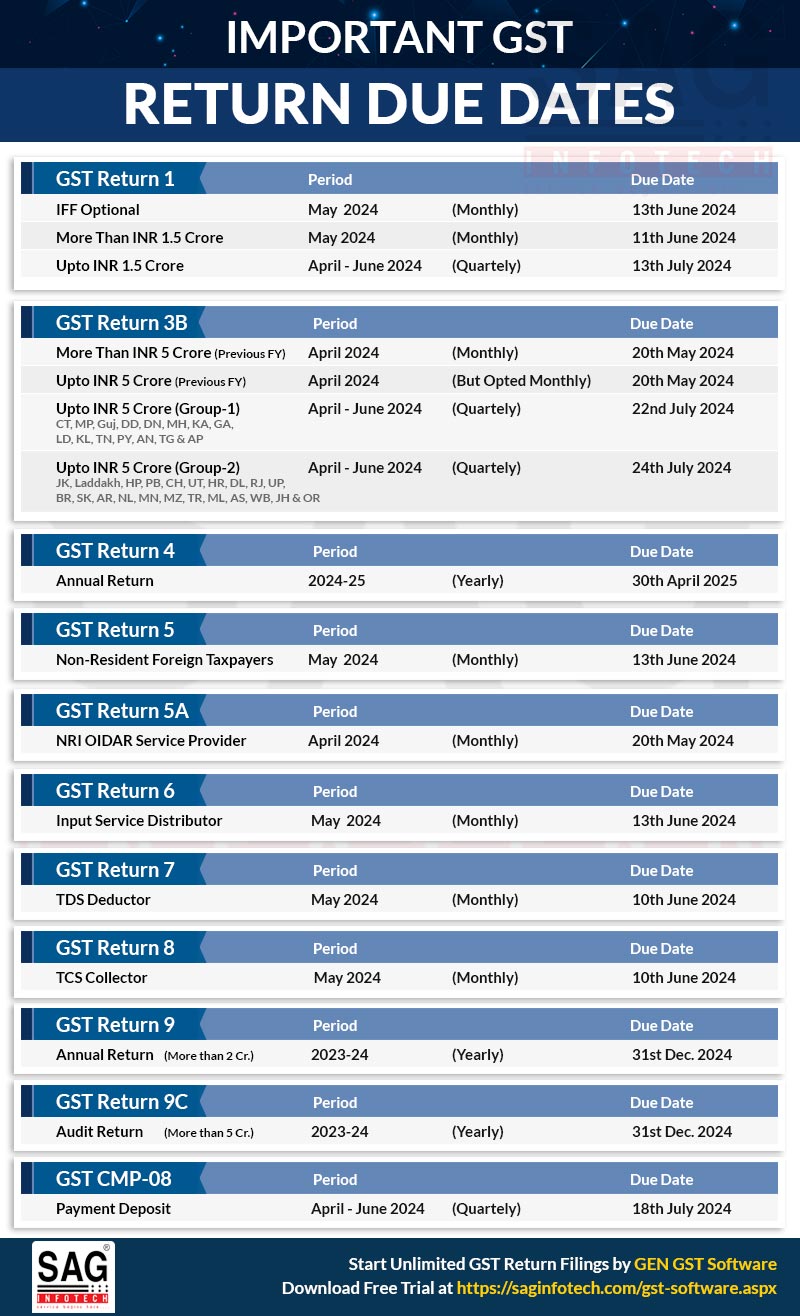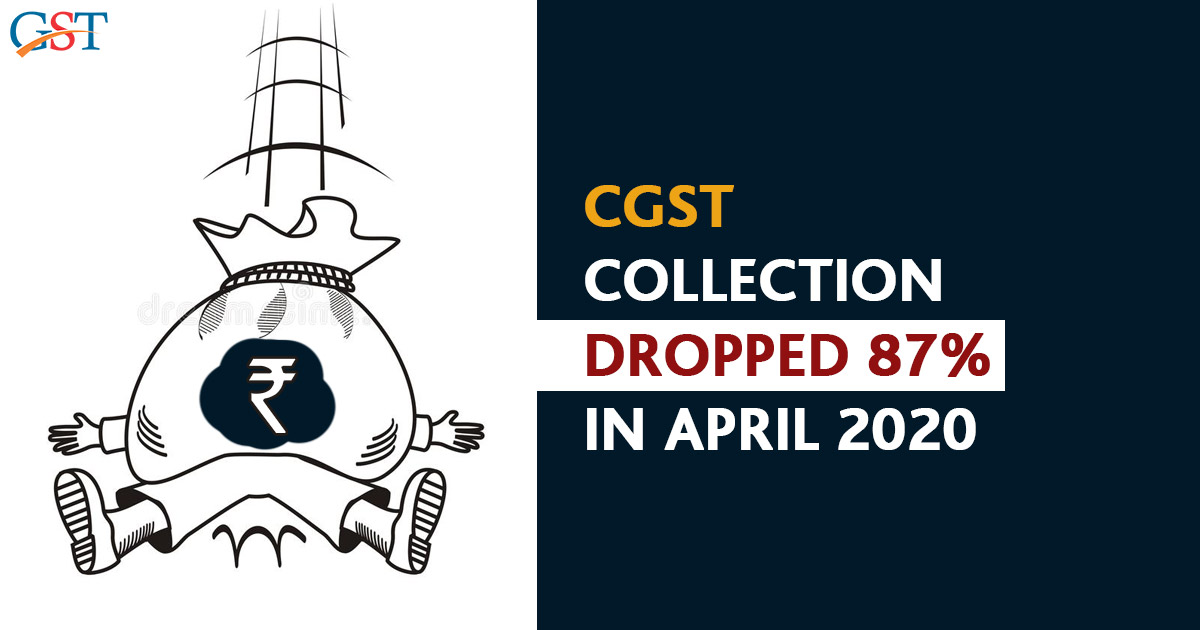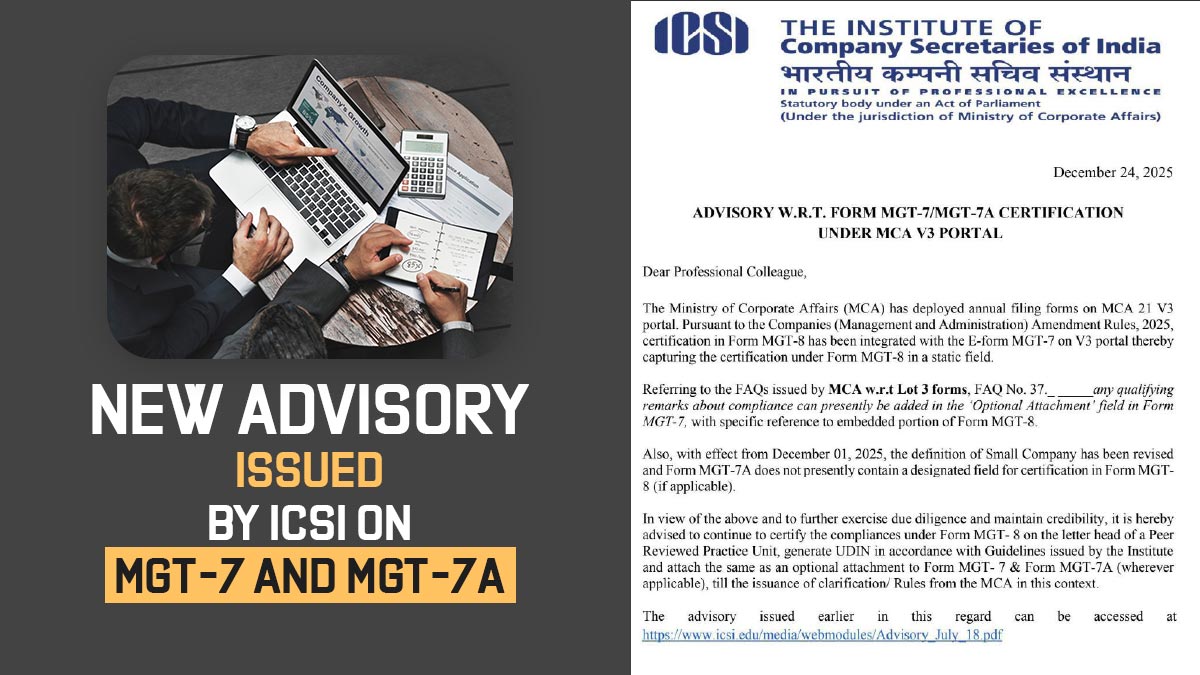The Finance Ministry released a statement on Tuesday and stated that GST collection declined for the second consecutive month to ₹ 86,449 crores in August.
The August collection on a year-on-year basis was down 12%, compared to Rs 98,202 crore reported in the same month last year.

Of the gross collection, Central Goods and Services Tax (CGST) stood at Rs 15,906 crore, State Goods and Services Tax (SGST) Rs 21,064 crore, Integrated Goods and Services Tax (IGST) ₹ 42,264 crores (including Rs 19,179 crore collected on import of goods) and Cess Rs 7,215 crore (including Rs 673 crore collected on import of goods).
The gross collection is a total of Central Goods and Services Tax (CGST) collected Rs 15,906 crore, State Goods and Services Tax (SGST) Rs 21,064 crore, Integrated Goods and Services Tax (IGST) 42,264 crores (including imports Rs 19,179 crore of goods) and cess 7,215 crores (including Rs. 673 crores collected on import of goods).
Many tax experts believe that the revenue numbers show that domestic economic activities are increasing and the decline in collections is reported mainly due to the lower imports.
In a statement, the finance ministry said the government has given ₹ 18,216 crores for the central GST and ₹ 14,650 crores to the State Good and Service Tax (SGST) as a regular statement from the IGST.
It further added that the total revenue collection after regular settlement by the central and state governments in August 2020, is reported Rs 34,122 crore for CGST and for SGST Rs 35,714 crores.
The Ministry further added that In August, revenue from import of goods was reported at 77% and revenue from domestic transactions (including import of services) was 92% of revenue from these sources compared to the revenue reports of August Month previous year.
It further states that taxpayers having turnover below ₹ 5 crore are allowed to file GST returns till September month 
As per the received details the revenue collection of April Month 
PwC Leader (Indirect Tax) Pratik Jain said the trend in the last couple of months show collections seem to have stabilised at around 10 per cent lower than corresponding month last year.
PwC leader (indirect tax) Prateek Jain responded in this matter and said that the current trend of slowdown in collections which can be easily observed in the last couple of months shows a decline of about 10% than the same month of the last year. Jain further added that “As things are opening up gradually, the collection is likely to be progressively better in coming months”.
MS Mani, Deloitte India partner, said that GST collections are in recovery mode and collections of GST on domestic transactions are just 8% lower than the collection of August Month previous year, which actually shows restoration of economic activity.
MS Mani further added in his statement that “The state-wise data of GST collections indicates that the revival process has resulted in marginal collection increases in some states like Rajasthan and UP, marginal reductions in states like Haryana and Gujarat with significant dips in Maharashtra, Karnataka and Tamil Nadu”.
EY tax partner Abhishek Jain said that a notable part of the drop is concerned with the imports, because of the decline in international trade as a result.
Jain further added that “Also, domestic collections having attained 92 per cent year-on-year for operations in July is a sign of economic recovery post upliftment of lockdown”.
According to HostBooks Chairman and Founder Kapil Rana, The data of GST collection highlight two things first the domestic consumption is steadily recovering from the effect of the pandemic, secondly, people are going with the domestic products and brands, which is increasing the domestic consumption which will help in revenue collection.









